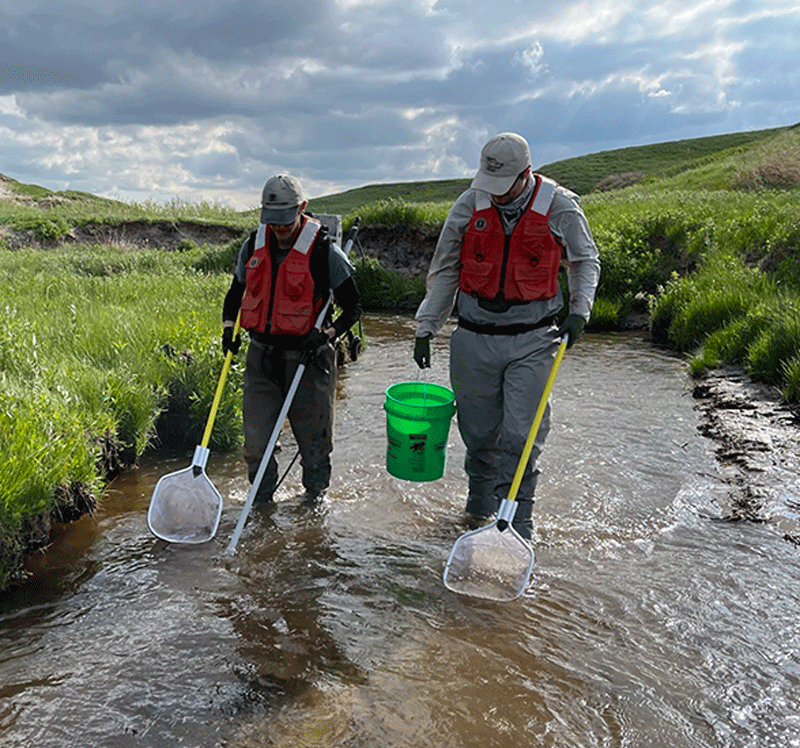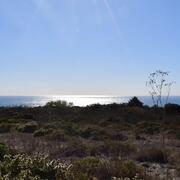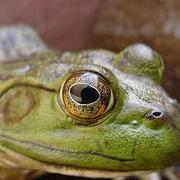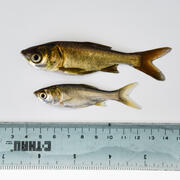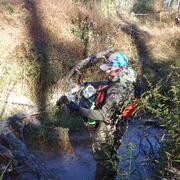How our Program Works
We're working on this page! Check back soon — last updated September 15, 2025.
Our mission has three directives: (1) conduct research to deliver actionable science to cooperating agencies and organizations; (2) develop the natural resource conservation workforce of the future through graduate education; and (3) fulfill the training and technical assistance needs of cooperators.
Staffing
The recent budget increases allowed the CRU to actively fill positions over the past 2 years, with 37 new scientists brought onboard (26 in FY21 and 11 in FY22). However, 27 vacancies remained at the end of the FY22 owing to the loss of 14 scientists (retirements, resignations, death) over the past 2 years, and the addition of 6 new positions at the new units. Hiring actions have been initiated to fill another nine positions, including Unit Leader positions at the new Nevada, Michigan, and Indiana Units.
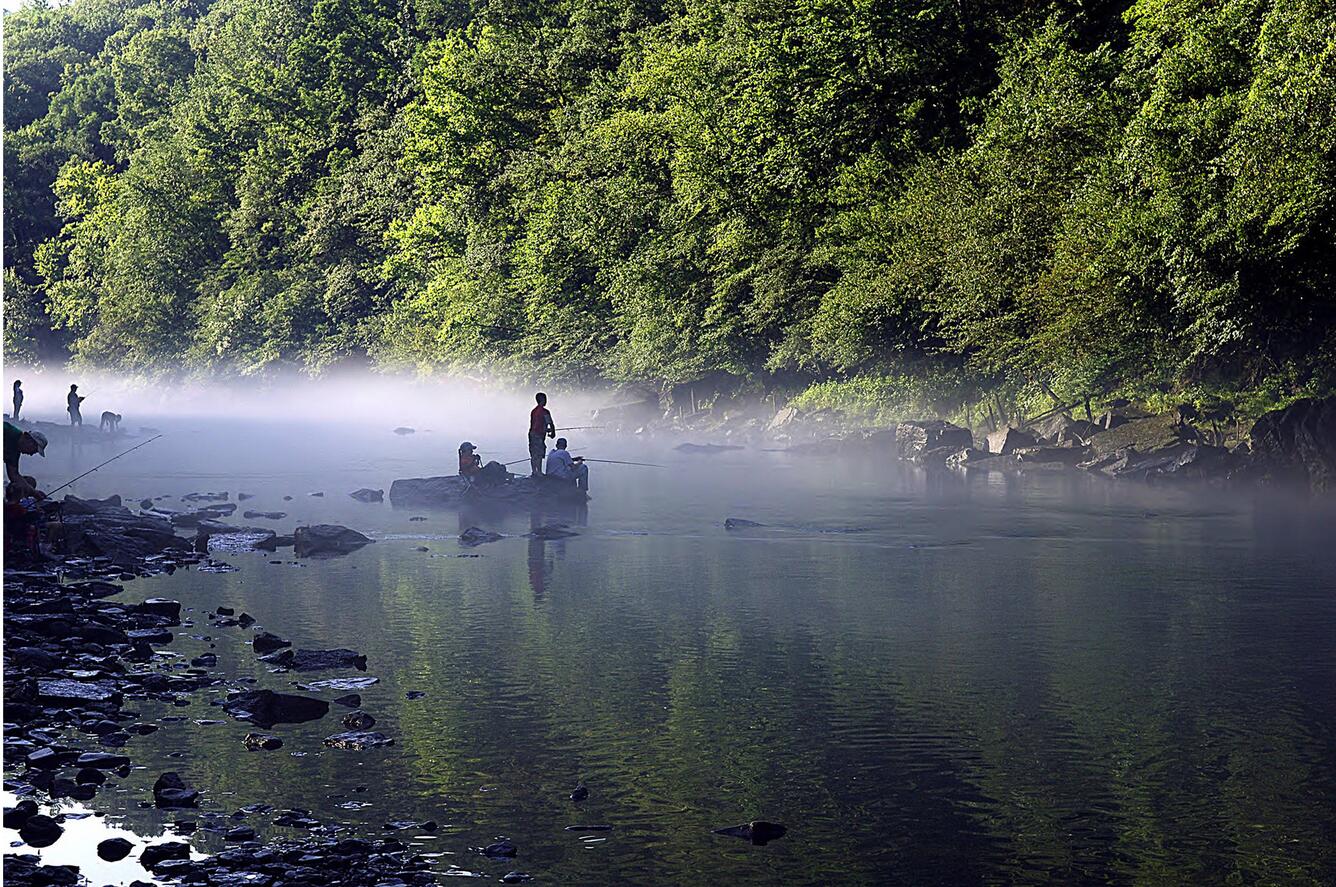
Operational Support
The recent budget increases provided needed operational support to the CRUs, with respect to capital investments for items such as vehicles and safety equipment. This significant financial commitment has been lacking in recent years as a result of an extended period of flat funding during government budget sequestration (2013–18) that resulted in little to no financial support for operational investments. Consequently, operational equipment such as the vehicle fleet continued to age without replacement and the vehicles are now approaching the end of their serviceable life. Under the scenario with 30+ vacancies, the units could be operational with the existing vehicle fleet because demand was down. However, with 37 new scientists recently brought into the program and 27 more yet to come, a significant investment is needed in operational items, such as vehicles, watercraft, all-terrain vehicles, utility terrain vehicles, along with laboratory and safety equipment to support the active and growing field research programs of potentially 60+ new scientists.
Leveraging Resources and Creating Jobs
The CRU program maximizes taxpayer investment, turning every appropriated Federal dollar into three dollars by CRU scientists, who leverage additional funding and support for the CRU program. Leveraged funding is administered through host university’s budgetary processes to support each Unit’s research program, to provide training to students, and to help cooperators and stakeholders. On average, the leveraged funding streams from CRU scientists generate support for as many as 31 non-Federal positions at each host university per year, including graduate students, postdoctoral researchers, and research technicians. Leveraged funding at host universities supports over 1,100 jobs, providing real economic benefits to local communities. Cooperating universities also provided an additional \$22 million of in-kind support through facilities, student tuition, and reduced overhead.

Research Priorities
Following the original legislation that created the CRU program (Public Law 86–686), all research priorities are set locally at each unit in consultation with Federal and State cooperators. Unit scientists and unit supervisors work with cooperators to help them identify their needs, and unit supervisors ensure that all research conducted is aligned with the USGS mission. Unit scientists, associated faculty, staff and students regularly conduct research projects in coordination with, and to meet the needs of, USGS headquarters, regions, and science centers. See the Notes from the Field section for examples of collaborative work with science centers, States, non-government organizations (NGOs), and other Federal cooperators. Final approval for each project is made by CRU headquarters management (Chief or Deputy Chief) to ensure that projects meet the USGS mission and the Department of Interior (DOI) priorities.

Project Controls
Research Work Orders (RWOs) are the mechanism through which host universities receive Federal financial support to conduct research, as provided for in the 1978 amendment to Public Law 86–686. RWOs are an extension of the Cooperative Agreement establishing each unit. Funds from the USGS, other DOI bureaus, or other Federal agencies are obligated via financial assistance into a RWO and awarded to the host university for a specific research project.
The Deputy Chief ensures that the project meets the requirements for a RWO, including the following (1) the project must be novel research; (2) the project must be consistent with the mission of the USGS and DOI priorities; (3) the project must have an educational component; (4) the budget is complete and appropriate; and (5) no apparent conflicts of interest exist.

Regional Engagement and Coordination
CRU headquarters staff and leadership work closely with key regional partners, including USGS Center Directors, USGS Regional Directors, USGS Ecosystems Mission Area leadership, as well as leadership from other agencies, such as the USFWS. The Chief of the CRU program works closely with USGS Center Directors and USGS Regional Directors on topics of mutual interest. For example, the development of an interagency pollinator science laboratory that engages regional staff, center scientists, and external partners (such as, USFWS, U.S. Department of Agriculture [USDA], the Northeast Association of Fish and Wildlife Agencies, National Park Service [NPS], and the Smithsonian Institution) in research to inform pollinator conservation activities at State and Federal agencies.

Success in Applied Research
Scientists, research staff, and students in the CRU program were highly productive, publishing 360 scientific papers in FY 2024 related to partner-identified natural resource problems. These papers were published in over 130 peer-reviewed journals, ranging from international journals, such as “Nature,” to regional journals, such as “Southwestern Naturalist.” Unit scientists published mostly in journals supported by professional societies such as the Wildlife Society and the American Fisheries Society. Unit scientists provide insight and guidance regarding conservation challenges and help inform decision-making by resource managers at State, regional, and national levels. Unit scientists directed over 700 research projects during FY 2024. To address agency needs, cooperators determined topical science themes of FY 2024 research projects, such as Hunting and Fishing Resources, Animal Migration and Movements, Invasive Species and Fish and Wildlife Disease, and Federal, State, and Local Decision-making Strategies
